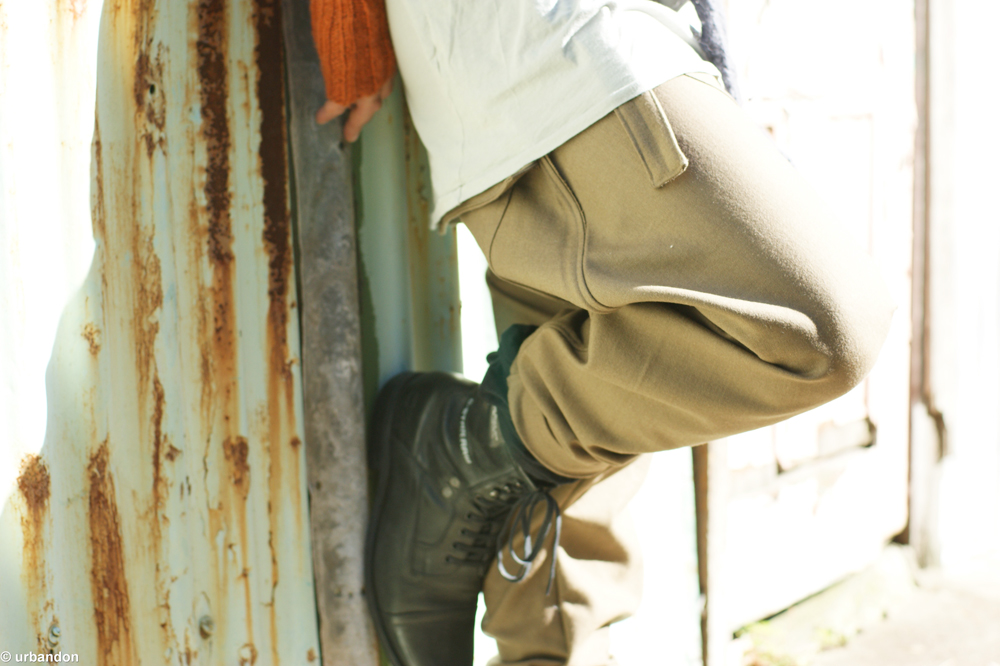Everyone has an opinion about the sudden increase in female and otherwise non-cismale readership in comics, and there is nothing more annoying than a person with an opinion. Especially an opinion about women. Anyway, here’s what I think.
Superhero comics are especially heinous perpetrators when it comes to actively alienating and dehumanizing huge swaths of people. There’s even a blog called Escher Girls, specifically spotlighting the ways in which women in comics have the anatomy of an M. C. Escher painting, with spines like the staircases in Relativity.
Bad art isn’t even the worst offense. I haven’t seen Avengers: Age of Ultron but I’ve heard quite a bit, and like a good little nerd I’m familiar enough with the faults that crop up in Joss Whedon’s writing.
And really, it’s the bad writing that eviscerates characters like Natasha Romanoff, who is already the dreaded token female who dehumanizes women on the page and alienates the women who might read them.
So Kelly Sue Deconnick’s uproariously beloved Captain Marvel isn’t just popular, it’s popular and important. Important like Captain America, an impoverished, disabled, Irish immigrant; Storm, carrying the mantel of Marvel’s first black woman of color to headline her own series in 1983; and Wiccan, as a gay Romani kid in the same comic as a bisexual Prodigy and gay Miss America.
Each of these comics do something important for the culture they’re written in. They’re progressive and they normalize oppressed people, and Ms. Marvel’s most recent revival as Captain Marvel feeds into the social and cultural equality movement.
The titular Carol Danvers starts off the series by taking on the title of her lost predecessor, Mar-vell, and dons a practical suit—practical in the sense that her boobs aren’t bigger than her entire torso. All the changes, diegetic and non-diegetic, are welcomed and precious.
Both volumes of the series place Danvers on the cover, alone, in power poses previously reserved for men, which immediately puts her on the level of person instead of wet dream.
The artwork by Emma Rios, who worked with DeConnick on Pretty Deadly, is genius. There are no boob-and-butt poses, except a handful done by one artist of the three, who worked on the first two volumes. As a result, Tracy Burke, who is all but bedridden and dying from cancer—a little gaunt with gray bags under her eyes when drawn by the other artists—is drawn like a cartoon Bratz doll in these early issues.
Consider this a huge side-eye to Filipe Andrade and his thigh gaps in every other panel. Captain Marvel wears a sash tied around her waist—you can’t even see her thighs—yet those pesky gaps seem to sneak their way into Andrade’s art regardless.
Captain Marvel’s huge and emphatic fanbase doesn’t just include real readers either; her fans also extend into the fictitious Marvel universe. Kamala Khan is arguably Captain Marvel’s biggest fictional fan, and she has her own series. A 16-year-old Pakistani girl living in New Jersey, she’s the hero we really need.
At a time of rampant and violent Islamophobia, her first line is: “Delicious, delicious infidel meat,” as she’s poised over forbidden BLTs while her hijabi-clad best friend rolls her eyes in the background. As Danvers transitions from Ms. Marvel to Captain Marvel, it’s Khan who takes on the identity of the former.
The new Ms. Marvel, taking Danver’s old moniker in the fumbling way only teenagers can, has visions of the Avengers speaking Urdu and worries about bringing negative attention to her mosque.
There’s even your friendly neighborhood white feminist who can’t make it a page before asking Nakia, Kamala’s hijabi-clad friend, if her father was threatening to honor kill her, but she’s obviously doing it from a good place. A good, overtly racist place.
And maybe the best part is that she’s a Muslim girl written by a Muslim woman, G. Willow Wilson, who lived in Egypt as a young adult.






